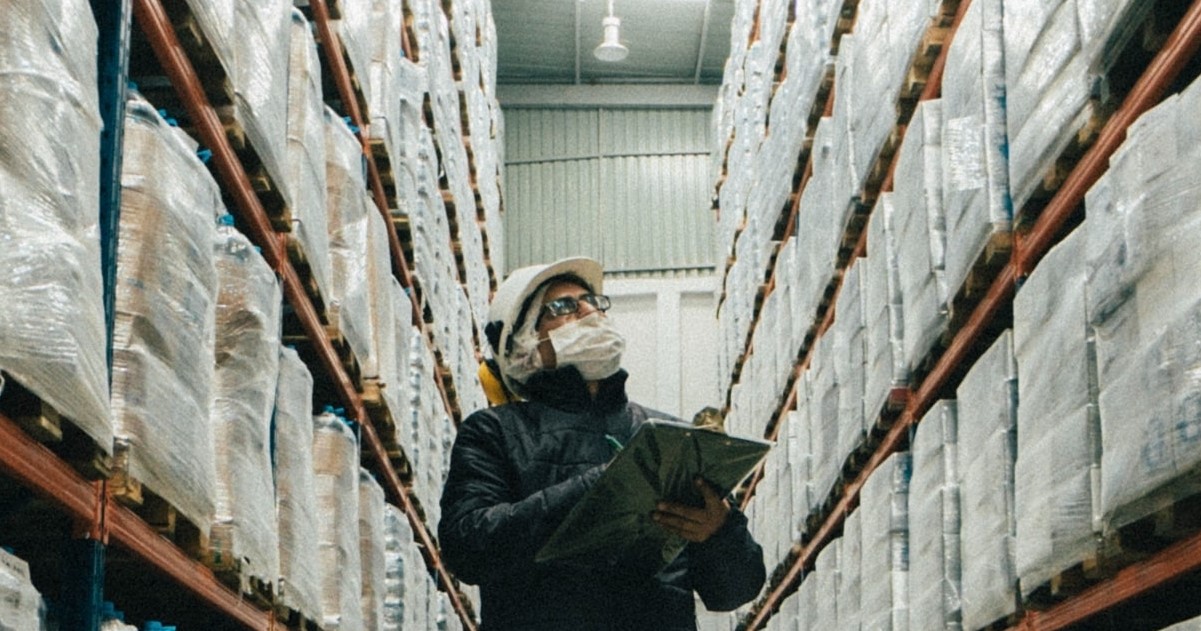Use the manufacturing slowdown to prepare for the circular economy with a sustainable approach to manufacturing and reverse logistics
The disruption taking place in supply chains globally is putting a pause button on vast swaths of the economy, and smart manufacturers are using this time to re-examine and reconfigure their operations so they can come back faster, better and stronger than their competitors.
As we recover, manufacturers may do some things differently because, under duress, they learned to do them more efficiently. But other things will be different because smart executive teams have retooled their operation to better meet the needs, expectations and wishes of the market. One thing the market has been paying increased attention to is the environmental impact of what they buy.
According to a study published in March 2020 by the Journal of Sustainability Research, while consumers have historically claimed sustainability was important, researchers now are finding they are following through on this and changing their purchasing habits to reflect their stated values. This is no longer a corporate feel-good program or a showpiece … it is a key element of competitiveness.

A circular approach to manufacturing
Recycling, refurbishment, repair and overhaul—mastering these disciplines can help manufacturers reduce the environmental impact of their product lifecycles and position themselves as sustainability leaders in the process. Documenting these practices is one challenge, but a surmountable one as proved long ago in the paper industry, where certified percentages of post-consumer waste have served as a guide for paper buyers for decades.
The role of reverse logistics
For simple post-consumer recycling, the problem is limited to the collection of waste, and then turning it into useable raw material for manufacturing. For this straight-through process, even a mid-sized business like guitar string company like guitar string manufacturer D’Addario can contract with a third party like Terracycle to run a recycling program.
Things become much more complicated though when items retain some value and can be repaired, refurbished or just entered back into inventory. Most manufacturers are woefully unprepared from a technology and systems standpoint. A 2018 study of industrial executives conducted by IFS found that Only 10 percent of respondents said their software handled reverse logistics “very well,” and more than 37 percent said their software was an impediment to successful reverse logistics processes.
Manufacturers will need to make investments here simply due to projected increases in the volume of material being returned by consumers. According to research from logistics and supply chain expert Bob Trebikcock:
- By 2027, customers will return nearly $1 trillion in merchandise annually
- Today, about 30 percent of e-commerce merchandise is returned, while the brick and mortar return rate is more like 10 percent
- 50 percent of returns cannot be sold at their full price
Whether a manufacturer takes back into inventory a consumer electronic device, a control module for a paper converting machine or a piece of commercial telecom equipment, there are a number of challenges the business will need to contend with.
Creating separate approaches for new product returns and after-use returns
While new product returns can often be simply returned to inventory, after-use returns involve a complex process that might include tracking whether the customer retains ownership, handing reimbursement for the customer or a third party that is taking the item back into its inventory, and then often product replacement or refurbishment.

The unique challenges of reverse logistics in a service environment and high-volume inbound logistics
While many reverse logistics operations strictly take items back into their location, some products like industrial equipment must be serviced in the field, creating a flow of returned parts, components and subcomponents. In many cases, service work is performed by a third party, and the manufacturer must track and manage inbound inventory and reimburse contractors for each one depending on agreements or policies that may be unique to each one. Many of these may go through a component repair and overhaul process at the manufacturing plant. In other situations, large quantities of items may come back from a channel of distribution—creating a fresh set of difficulty in receiving, triaging and remanufacturing at scale.
Serialized core management
In some cases, manufacturers will recycle the core of a product, stripping wear parts and less durable components and rebuilding the item and sending it back to the customer. Often, the customer is entitled to get the exact same items back after refurbishment, which necessitates serialization. Serialization may also become important if the customer is entitled to reimbursement for the core because it will be important to ensure the core is covered by a specific service contract, warranty or agreement.
A new paradigm
The progression towards an environmentally responsible, circular economy will not take place overnight. But forward-thinking manufacturers should be preparing for this now so they can come out of the current downturn several steps ahead of competitors. As this trend manifests itself, it will change more than the reverse logistics process. The way products are designed, the materials they use and how they are sold will change to reduce the total impact and in many cases improve re-manufacturability. But reverse logistics are probably the most universal discipline manufacturers will have to master. You can learn more about the four reverse logistics challenges we cite here—and the role of enterprise software in surmounting them—with this whitepaper.
Do you have questions or comments?
We’d love to hear them so please leave us a message below.
Follow us on social media for the latest blog posts, industry and IFS news!